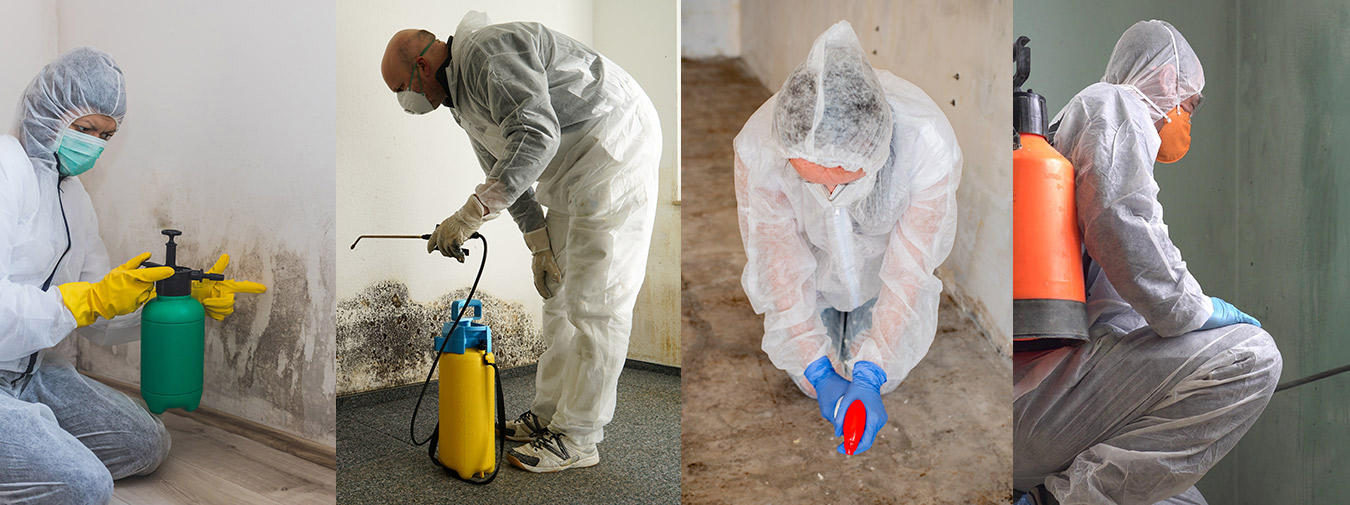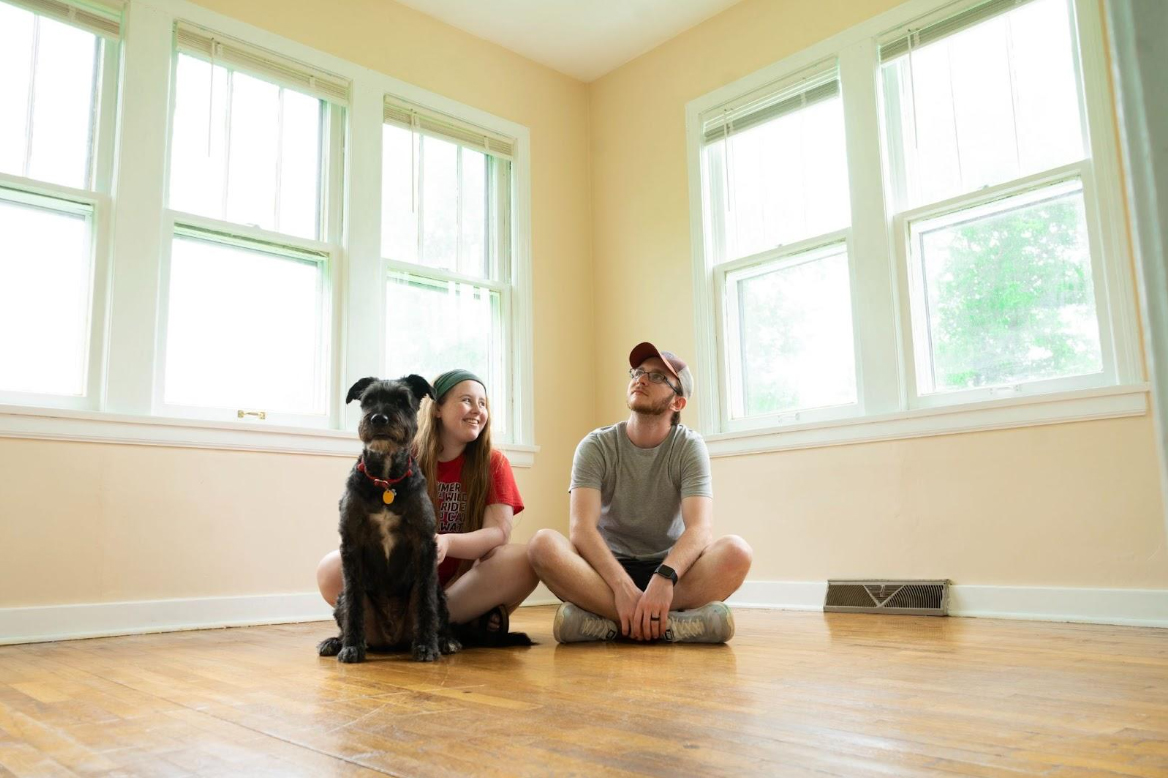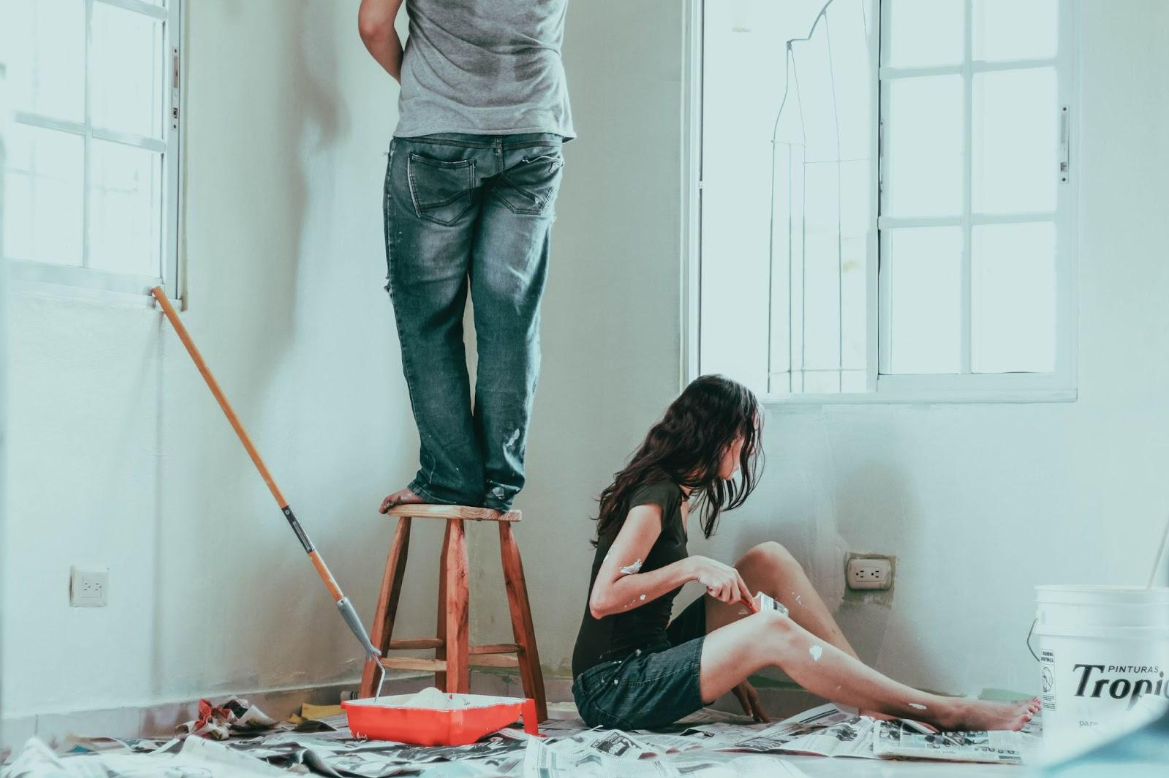Can A New House Have Mold?
HOW TO KNOW IF YOU’RE BUYING A HOUSE WITH MOLD
The new home buying process can be exciting, stressful, and scary all wrapped in one big emotion. Yes, the three “I’m ready to get this over with right away” emotions. This feeling can oftentimes lead home buyers to skip over the small but important details of the process. However, there are a number of questions that you should always ask AND get an answer to before proceeding with buying a home. One of the questions that you should be sure to get an answer to is, “Am I buying a house with mold?”
Let’s be honest. It’s not always in a realtor’s best interest to get an inspection on a property that they’re selling. For the seller, a mold inspection gone bad can result in the unexpected cost of mold remediation. Or, if they choose not to fix the mold problem, there are the legal implications of knowingly selling a house with mold. And even newly built homes can have mold problems!
Hidden mold in a home can cause an even bigger problem for a clueless home buyer. Think about it. You’re super excited to move your family into the home that you’ve always imagined owning. You enter a bidding war against other potential buyers that drive the price up, spend thousands of dollars on new furniture throughout the house, get the kids into a new school, all just to find out that your dream home is really a moldy nightmare.
How Do I Avoid Buying a House With Mold?
I’m glad you asked! When buying a new home, ask the realtor for recent paperwork showing that the home has passed an inspection. Do not take the realtor’s word alone. If there is no recent paperwork, request to have an inspection before moving forward with the buying process.
Keep in mind that unless the realtor is a certified mold inspector, his advice is not likely to be helpful. You need professional mold inspectors involved. If the seller of the home is not willing to provide a mold inspection, then you may be saving yourself and your family a lot of headaches – figuratively and literally – by not buying the home. Do not move in without proof that there are no mold problems. Buying a house with mold can cost your family a lot of money, cause mold-related illness, and create unnecessary stress.
Check Your New Home for Mold
If you would like a “pre-inspection” before calling in the professionals, here’s a list of things to check. You might be buying a house with mold if:
- The house has wet carpet or water stains.
Carpeting and carpet padding are great mold foods and mold growth can easily hide inside carpeting and padding.
- The home has indoor bodies of water.
An indoor pool, jacuzzi spa or large fish aquarium continuously generates high indoor humidity to drive mold growth.
- There is a built-in humidifier.
As humidifiers push moisture and humidity throughout the house, this increases the likelihood of indoor mold growth. This is true for humidifiers that are built into the home’s heating/cooling equipment, as well as free-standing, portable units.
- The refrigerator has an automatic ice maker.
Water supply lines that bring water to an automatic ice maker often break down over time. A bad water supply line causes leaking water and could promote mold growth on kitchen floors, walls, and cabinets.
- The bathroom and laundry vents lead outdoors.
Such vents often exhaust high humidity air into attics, crawl spaces, walls, ceilings, or floors, rather than directly outdoors. Be sure that these vents are leading outdoors to prevent moisture build-up.
- The air conditioning condensation pan has a leak.
Air conditioning systems include a drip pan to catch water that condenses and drips from the air conditioning coils. These drip pans are sometimes poorly installed. The pan drain pipe can also become blocked, thus allowing water damage and mold growth inside adjacent walls and ceilings.
- The building lot slopes towards the house.
If the house building lot slopes downward toward the house, rather than away from the house, there is going to be significant water intrusion into the basement, crawl space, concrete slab, and/or building foundation. This water intrusion can cause mold to grow.
- The house is on the side or bottom of a hill.
A residence that is located on the side or at the bottom of a hill will be a moldy house. Rainfall will cause significant groundwater intrusion into the same areas mentioned above.
- The roof overhang is too short.
If the roof extends less than two feet beyond the walls beneath the overhang, rainfall will fall on and run down the exterior walls. It can soak into the wood and masonry surfaces of these walls.
- The house has had a leaky roof.
If the roof surface or flashings around a chimney, furnace, and/or plumbing vent pipe are degraded or poorly maintained, mold could become a problem. Water can enter into the home’s attic and run downward into the insides of the ceilings, floors, and walls beneath the attic.
- The house has had a crawl space water intrusion.
Most crawl space dirt floors have water wicking upward from the ground water in the soil. In addition, rainfall frequently runs into crawl spaces. Crawl space water intrusion results in toxic mold growth that can continue upward into the floors and walls above.
- The house has leaking water supply or sewage drain pipes.
Plumbing line leaks can cause massive toxic mold growth inside and on walls, ceilings, and floors.
TCB EnviroCorp for Professional Mold Removal
Remember these tips and always hire an experienced and trusted mold inspector when purchasing a home. If you have any doubts or questions, feel free to give TCB EnviroCorp a call. Good luck on your house hunting!








